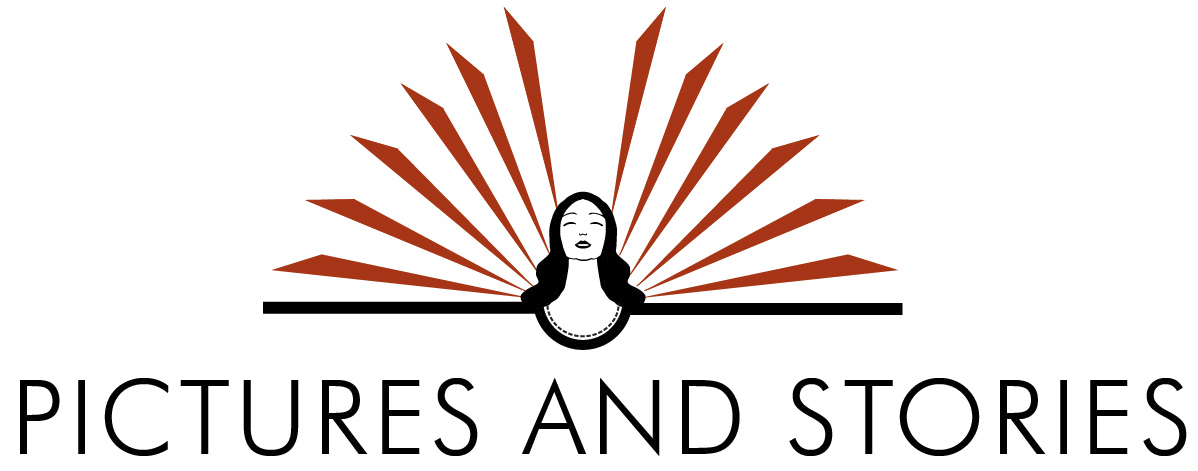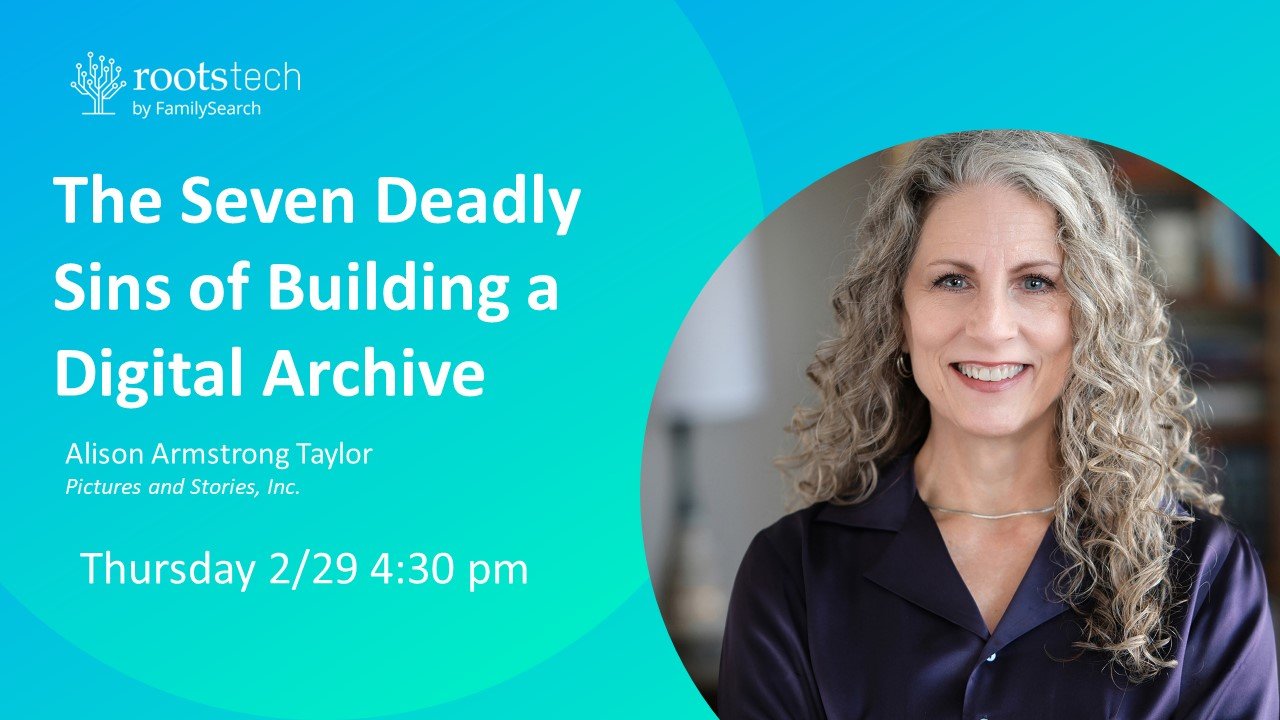This concept is crucially important in digitizing photos, whether you will use them in a life story project or just to protect and share them. And yet proper scanning seems to be the hardest thing to explain to our clients and students. So here's my attempt at a real-live infographic to explain it.
The main thing to remember is that you need to have enough resolution for the projects that need big res--like putting your photo in a book or printing it to hang on your wall. Too many of our clients have proudly scanned all their own photos, only to find out that the 72-ppi compressed jpeg default scanner setting creates files that are too small to put in a book. You can't take a small, compressed scan (or download a small photo from the web, for that matter) and make it bigger. But you can make a big one smaller, without loss of quality!
Why TIFF? It is possible to get a great-quality image from JPEG (if it is uncompressed or scanned/captured at the highest quality setting). BUT every time you try to edit a JPEG--for instance, color correcting, fixing scratches, removing redeye, etc.--it will compress the file further when you save it. If you open, edit, and close a JPEG a few times, it will visibly degrade the quality of the file. TIFF files can be edited infinitely without loss of quality. So we suggest scanning as TIFF files first, do your edits, and then make a JPEG copy of the file for web use.
Questions? Ask them in the comments section below and I'll try to answer them.
The "funnel method" for scanning photos - start big, then make smaller copies. Make sure you have the right resolution for every project, print or online.



